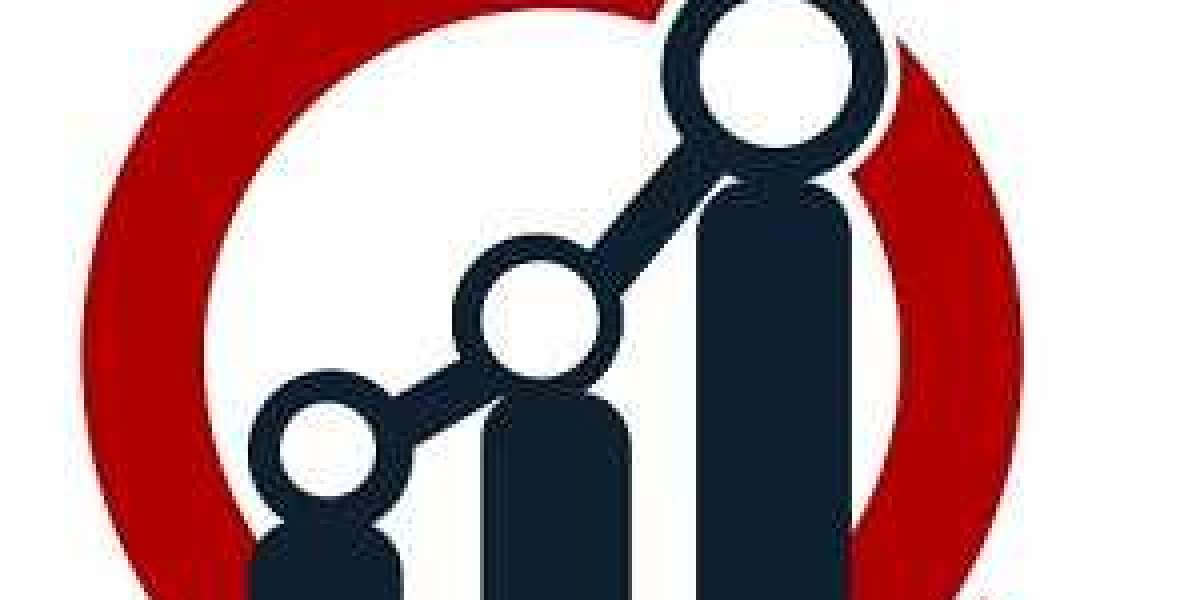Sustainable development is a term used to describe the process of achieving environmental, social and economic objectives in a way that protects human well-being. Sustainable development has been defined as "development that meets the needs of the present without compromising the ability of future generations to meet their own needs". This means that sustainable development is not only about preserving our environment but also making sure that all of our citizens have access to basic needs such as food, water and shelter.
Sustainable development is an important topic for many people, businesses and governments because it is essential for creating a healthy planet and a prosperous future for all. In this article, we will explore what sustainable development finance is, why it's important, and some examples of projects that use this type of financing.
What is Sustainable Development Finance?
What is sustainable development finance and why should you care?
Sustainable development finance (SDF) is a field of finance that aims to help people achieve sustainable economic growth, while protecting the environment.
The concept of SDF has been around for over two decades, but only in the past few years has it started to gain traction in the mainstream financial world. This is likely due to the fact that SDF offers a unique way to bridge environmental and economic concerns, and it has the potential to create large-scale positive change.
Some key benefits of using SDF include:
- It can help reduce poverty and inequality. By providing access to capital for environmentally friendly projects, SDF can help reduce poverty and create jobs in rural areas. It also has the potential to increase income levels in wealthy countries while reducing greenhouse gas emissions.
- It reduces environmental impact. By investing in green infrastructure and renewable energy projects, SDF can help reduce environmental impact both locally and globally. This includes emissions from transportation, manufacturing, and agriculture.
- It builds community resilience. By supporting local communities economically, SDF helps them weather difficult times and remain healthy long-term. In turn, this helps build community resilience against future challenges such as climate change or natural disasters.
there are many different types of sustainable development financiers out there - so if you're interested in getting into this field or just want more information on
What are the goals of Sustainable Development Finance?
Sustainable development finance aims to help poor countries become more sustainable and prosperous, while preserving the planet's ecological and economic integrity. It is a new, holistic financial sector that provides long-term financing for projects that promote environmentally responsible economic growth, sustainable development, and poverty eradication.
The World Bank was the first global institution to develop a blueprint for sustainable development finance. The Bank's goal is to make sure that all people have access to basic needs like food, shelter, health care, and education – while also ensuring that the environment is protected.
There are many different types of sustainable development finance. Some examples include climate change financing; energy financing; water resources management; urban infrastructure and services; agricultural productivity enhancement; trade facilitation and marketing support for small businesses; social protection schemes for vulnerable populations; disease control and health promotion programs.
Since its inception in 1992, the Green Bond Initiative has helped raise over $21 billion in environmentally friendly bonds from both public and private investors around the world. The initiative encourages sustainable investment through the issuance of bonds backed by green infrastructure products such as renewable energy projects or emissions trading credits from clean technology companies wordpres development houston.
How does Sustainable Development Finance work?
Sustainable development finance (SDF) is a financial tool that helps to meet the needs of developing countries while ensuring environmental and social sustainability. SDF is often used in conjunction with other development initiatives, such as economic development and debt relief, to improve the well-being of people in poor countries.
SDF is broken down into two main types: public-private partnerships (PPPs) and concessional loans. PPPs are agreements between governments and private sector entities that aim to achieve specific developmental goals. Concessional loans are typically provided by donor agencies or multilateral organizations to help low-income countries develop their infrastructure, such as hospitals and schools.
There are several key reasons why you should care about sustainable development finance:
1) SDF can help reduce poverty in developing countries.
2) SDF can help improve the quality of life for people living in poverty by improving access to essential services, such as healthcare and education.
3) SDF can help create jobs and increase economic growth in poor countries.
4) SDF can help reduce climate change emissions by funding projects that promote clean energy sources, such as solar energy installations.
Why should you care about Sustainable Development Finance?
Sustainable development finance (SDF) is a field of finance that seeks to improve the efficiency and effectiveness of resource management by financing projects that are environmentally and socially sustainable. SDF can also help countries access needed resources in a way that does not damage their environment or exacerbate social disparities.
SDF has been described as the "missing link" in efforts to address global challenges such as climate change, poverty, and food security. In 2013, the World Bank estimated that SDF could contribute up to $128 trillion to global economic growth over the next decade free seo analysis chicago.
There are several benefits to investing in SDF projects:
-They are often more cost-effective than traditional investments due to their emphasis on sustainability;
-They can help reduce environmental degradation and create jobs;
-They can promote better governance and public engagement; and
-They can provide financial support for innovative projects that may not be commercially viable.


